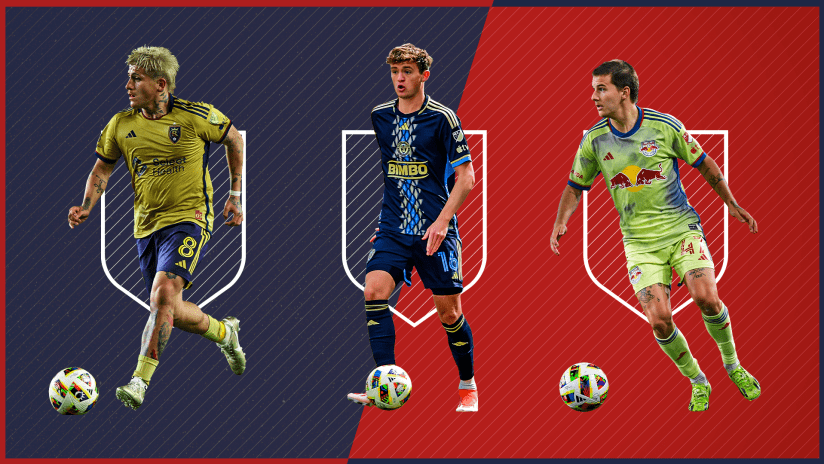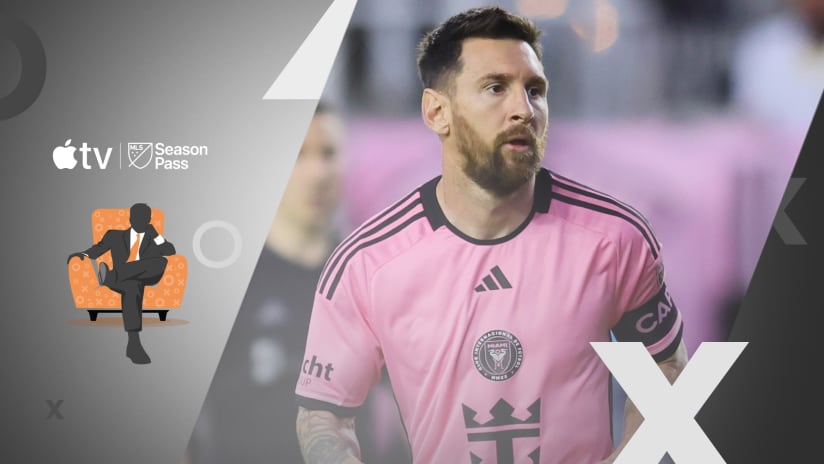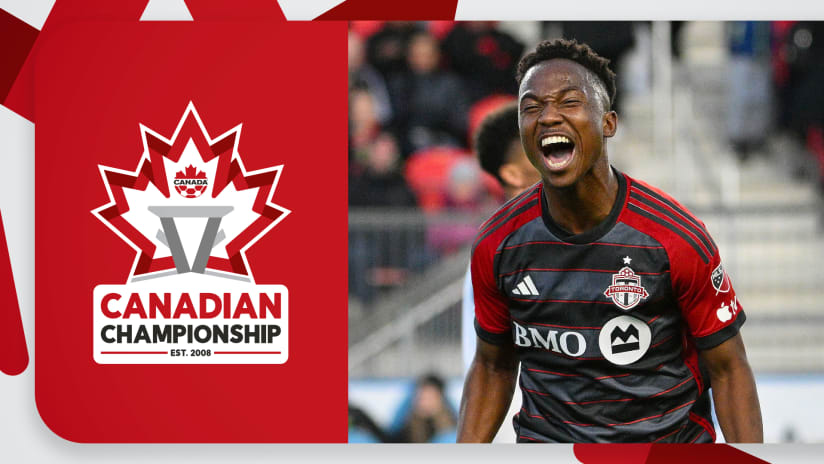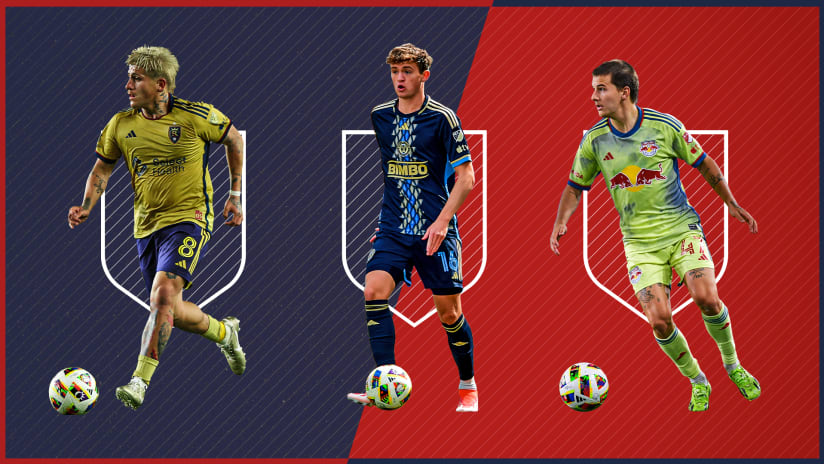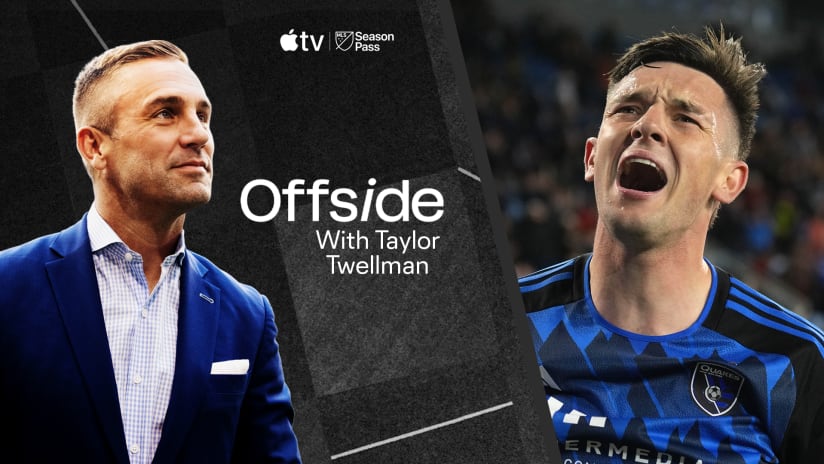This is the seventh in a series of 20 short columns focused on the things I'm thinking about as we approach the 20th season of Major League Soccer. I'm going to dig into mostly non-obvious questions here – the tertiary stuff that can become bigger over time – rather than the giant storylines (e.g., How do the Red Bulls replace Henry? What if Ozzie's injury lingers? Is this THE year for TFC?).
You can find previous installments in my story archive HERE. For this latest, we head to Foxborough...
Nobody has really mastered the use of defensive statistics – the ones collected by Opta, anyway. Most coaches will say something to the effect of "the only one that matters is the zero on the scoreboard," and as yet there's no way to really argue, Lord Kelvin-style, for or against any particular way of posting that shutout.
One common way I've seen some folks argue the relative quality of individual defenders is "CBI," which is simply the raw totals of clearances, blocks and interceptions registered by the defender over the course of a season. Going one logical progression past that, I've seen folks argue for CBI per 90, which... well duh, right?
The problem is that raw CBI totals favor defenders for teams that either 1) stink outright and are always defending, or 2) are really good, hold a lot of leads, then like to absorb and counter.
Hence, Chad Marshall's monster season for Seattle, followed (not all that closely) by Matt Hedges for FC Dallas and Matteo Ferrari for the Montreal Impact:
Player |
Interceptions |
Blocks |
Headed Clearances |
Marshall, Chad |
137 |
23 |
135 |
Hedges, Matt |
104 |
30 |
138 |
Ferrari, Matteo |
101 |
15 |
84 |
Olave, Jámison |
98 |
29 |
83 |
Parkhurst, Michael |
90 |
20 |
74 |
Taylor, Jermaine |
88 |
19 |
65 |
Henry, Doneil |
86 |
16 |
93 |
O'Brien, Andy |
83 |
18 |
135 |
Soares, A.J. |
78 |
20 |
92 |
On the flip side, Omar Gonzalez and Bobby Boswell – the best defenders for the best (by the numbers) defensive teams in the league last season – are nowhere to be found. Neither is Nat Borchers, who was a rock for the third-best defensive team in the league.
Down at the bottom of the above list is AJ Soares, once of the New England Revolution and now of limbo. By the CBI nubers, Soares was actually better in 2012 (116 interceptions, 14 blocks, 96 headed clearances in 200 fewer minutes) than in 2014 even though the Revs were a tire fire two years ago.
You see my point about trusting numbers too much? They don't always mean what you think they mean.
That's not to say they mean nothing. Soares' ability to function in multiple roles for the Revs both when they were running hot and when they were running cold was one of the underrated stories of that franchise's turnaround over the last two years. He wasn't, at any point, a truly dominant central defensive presence, but he was masterful at fitting into the right spots and was one of the league's best at scrambling to try to put out fires when things started going bad.
Now, it looks like that's going to be Andrew Farrell's job. He's been starting most of the time in central defense this preseason alongside Jose Goncalves, and it's a work in progress. Farrell – who's been a right back for about 90 percent of his MLS minutes over his first two years – is much more of a front-foot defender than Soares, and often tries to ballhawk like a midfielder.
At right back he was able to get away with that, and often turn it into an asset. In central defense? I'm not sure that's the best fit next to Goncalves, who also likes to step high into the play and has flexible ideas about his positional mandate.
You could count on Soares, when the Revs were pinned back, to be in the box doing more than his fair share of emergency defense (and generally doing it well). Farrell's going to have to figure out how to do the same if New England are to live up to their preseason billing as Eastern Conference favorites.


